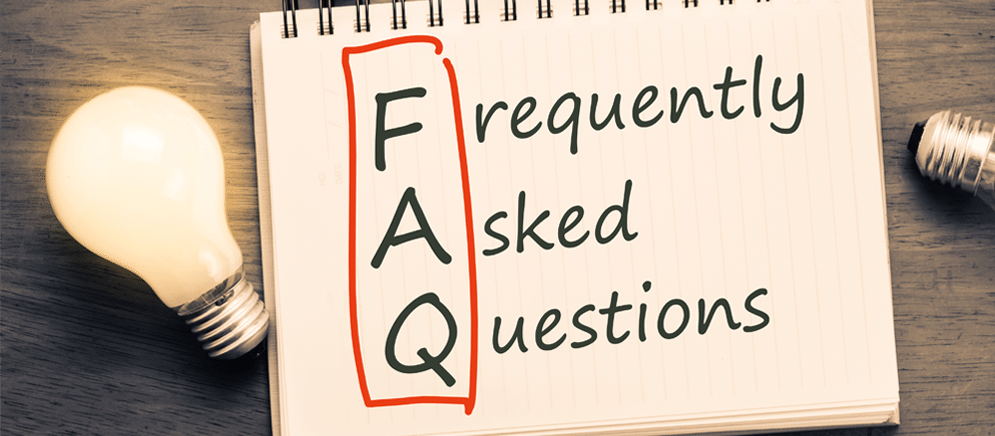
Learning how to lower TCO can be detrimental to your business. It’s critical to foster continual innovation and iteration if you’re running an ecommerce store on Magento Commerce. Customer needs and the broader marketplace are constantly changing. This is why it’s crucial for your company to update the experience it provides on a frequent basis.
It also applies to the Magento platform, which is in charge of your online store. Magento released a minor version of Magento 2.4 a few months ago. Magento 2.4 new features include quality and security fixes, and the whole product is on the most recent line. It is critical to maintain Magento up to date with the most recent release. It will assist you in taking advantage of increased performance and new features. Furthermore, it can also strengthen security defenses and providing more engaging consumer experiences. Updates to Magento Commerce versions on a regular basis over a lengthy period of time, you can significantly lower your total cost of ownership (TCO).
But before that, let us find out what TCO stands for, and what does TCO mean in business.
Table of contents
What is TCO?
TCO is an acronym, standing for total cost of ownership. It is defined as the total of all expenditures and expenses incurred in the development of a Magento-based solution. The concept of total cost of ownership includes licensing fees, hosting expenses, DNS fees, and extra plugins or extensions fees. As a result, you must assess your requirements first. And then, determine what types of services you are willing to pay for, and how they will benefit your product. Being careful with bills and your requirements will help lower the cost of ownership greatly.

The TCO concept covers many aspects. It includes: Provides a cost basis for assessing the overall economic value of an investment when it is included in any financial benefit analysis. Return on investment, internal rate of return, economic value added, return on information technology, and rapid economic justification are all examples of financial metrics.
A total cost of ownership analysis includes acquisition and operating costs. It also includes costs associated with replacement or upgrades at the end of the life cycle. A TCO study is done to determine whether a capital investment is viable. It can be used by a company to compare products and processes. Credit markets and financial agencies also use it. TCO is a measure of an organization’s overall expenses for assets and/or related systems across all projects and activities. It providé a picture of profitability over time.
Why is Reducing TCO in business important?
Reducing TCO in business is detrimental. An overall analysis prior to the launch of any product will help tremendously. One of the biggest thing is avoiding unpleasant surprises throughout the development phase and stay within your budgetary constraints. The cost of the platform also relies on the opportunity. For example, a platform meets your immediate needs but is not optimal for scaling your business in the long run. Or you may decide to migrate from one platform to another since it is less expensive. This is referred to as opportunity cost, and it is measured by the loss you incur as a result of choosing one platform over another.
Articles you may like:
- Why should you upgrade to the latest version of Magento?
- The Complete Magento 2 SEO Checklist and Guide
- 15+ Best Magento 2 Payment Gateways For Your Store
Four reasons why updating Magento Commerce regularly lowers TCO

If you put off platform updates, you may end up paying more for your ecommerce TCO in the long run. Furthermore, the actual cost of running an outdated Magento Commerce version for your ecommerce store, as well as the accrued technical debt, might have a long-term financial impact. This is why updating your Magento Commerce can lower your operating costs greatly.
1. It makes the upgrade process easier, therefore lowering your TCO
Regular updates actually decrease operating costs compared to asymmetrical updates, implying a lower long-term cost and, eventually, a lower TCO. How? Let’s assume: Your plugins and other components will function properly according to the latest version if you update your website on a regular basis. If they aren’t compatible, you can always customize them. You hurt the compatibility of your components when you spend time upgrading the version after another version has been released. To make your components work effectively, you’ll need to devote additional time to adjustments.
On top of that, updating parts separately will add to the overall effort and cost, and will not give you the benefits of a lower TCO.
2. It increases security to allow for better TCO control
The most critical component in retaining a customer’s trust is security. As a result, Magento devotes a large amount of work to improving the platform’s security. With each new update, they continue to release security patches, allowing users to improve the security of their system. If you don’t update, your product’s security is jeopardized because hackers may have most likely found gaps in the earlier version and are posing a threat to your data.
Magento 2.4 has more than 30+ security bug fixes and implements new features to improve security. One interesting feature recently added is 2 Factor Authentication, enabling sellers to add a layer of security over login credentials. Nonetheless, if the security via credentials is compromised, attackers won’t be able to take control of the site. Consequently, the regular update offers peace of mind in terms of security to both merchants and customers.
3. It applies the feature-first strategy to lower your TCO
Regular platform updates provide you with a lead over your competition. It is because you can make capital out of new features before they do. You’ll have plenty of time to learn how to use the features and tailor them to your project’s needs in order to provide a better user experience.
In a recent update, the Magento community added in-store pickup, Adobe Stock Image support, ElasticSearch integration, and other new capabilities. They provide you a substantial competitive advantage and allow you to create a best-in-class experience.
4. High-stakes situations necessitate high-level performance to lower TCO
There’s more at risk this holiday season and beyond than ever before. COVID-19-driven changes in shopping patterns resulted in a 44.4 percent increase in eCommerce sales in Q2 2020 compared to Q2 2019. We may anticipate continued growth in digital commerce through the rest of this year and into 2021. To take advantage of the latest features and performance enhancements, merchants should verify their sites are running the most recent version of Magento Commerce, which is presently 2.4.0.
There is more money up for grabs in eCommerce than ever before. Those who provide the most attractive, seamless digital experiences will gain a significant portion of that business and market share. In addition, those that use the most recent version of the eCommerce platform will have a more favoured position in this race. Magento 2.4, for example, has Quick Order add-to-cart improvements, which speed up the procedure by 24 percent to 30 percent.
Every Magento Commerce update has Platform Performance Upgrades, which can have a significant and cumulative impact. The conversion rate is reduced by 7% for every second of delay, and page speed is a major SEO ranking element. As a result, every organization should make use of each and every release.
FAQs

Is Magento a good ecommerce platform?
Yes, Magento is among the greatest platforms for designing an eCommerce solution because it is highly safe and customizable. On the Magento platform, you’ll be able to develop a fully scalable, robust, and feature-rich solution.
Is Magento 2 more difficult than Magento 1?
Yes, Magento 2 is generally more complex than Magento 1, especially in the front-end development zone. It is more complex than Magento 1. Even so, Magento Community has created various Magento 2 tutorials to keep you up to date and assist you with the functionalities. Visit our Magento 2 Tutorial Series for informative and detailed instructions!
How can I easily migrate Magento 1 to Magento 2?
When it comes to other Magento upgrades, online merchants typically handle them with a few simple clicks from the admin panel. Approaching a Magento 1 to Magento 2 update, on the other hand, is nothing like the prior upgrades you’ve done. There are changes to the database structures of both versions change significantly. Which is why the upgrading process can now be viewed as a migration from Magento 1 to Magento 2.
There are two basic methods for upgrading your Magento 1 store to Magento 2. They are as follows:
- To hire a developer or a team of Magento experts to complete the process
- To make use of an automated migration service (For example, LitExtension)
A manual way to upgrade
There is a more labor-extensive way to upgrade if you want to be extra careful. That is to manually upgrade using the Magento Migration Tool. The Data Migration Tool is a command-line interface (CLI) you can use to migrate data from Magento 1 to Magento 2. The tool compares Magento 1 and 2 database structures (tables and fields), tracks data transfer process, generates logs, and performs data verification tests.
Conclusion
We’ve discussed the necessity of performing frequent Magento upgrades for your ecommerce site in this article. As you can see, it’s critical to include an update process in the core maintenance process and road map. It helps with upgrading your platform’s experience and functionality. Creating a tracking plan and collecting analytical data for each update helps you determine how long the update will take and to coordinate all connected actions. You’ll notice a big difference as a result of constant innovation in growth, lower operating costs, and a lower TCO. Furthermore, it will also improve the conversion rate and visibility in search engines.

Optimize Your Magento Store With Powerful Extensions
Looking for fast, efficient and well-coded extensions to build or optimize your Magento stores for sales boosting? Then visit Magezon website and grab necessary add-ons for yours today!
 Magezon Blog Help Merchants Build Comprehensive eCommerce Websites
Magezon Blog Help Merchants Build Comprehensive eCommerce Websites

